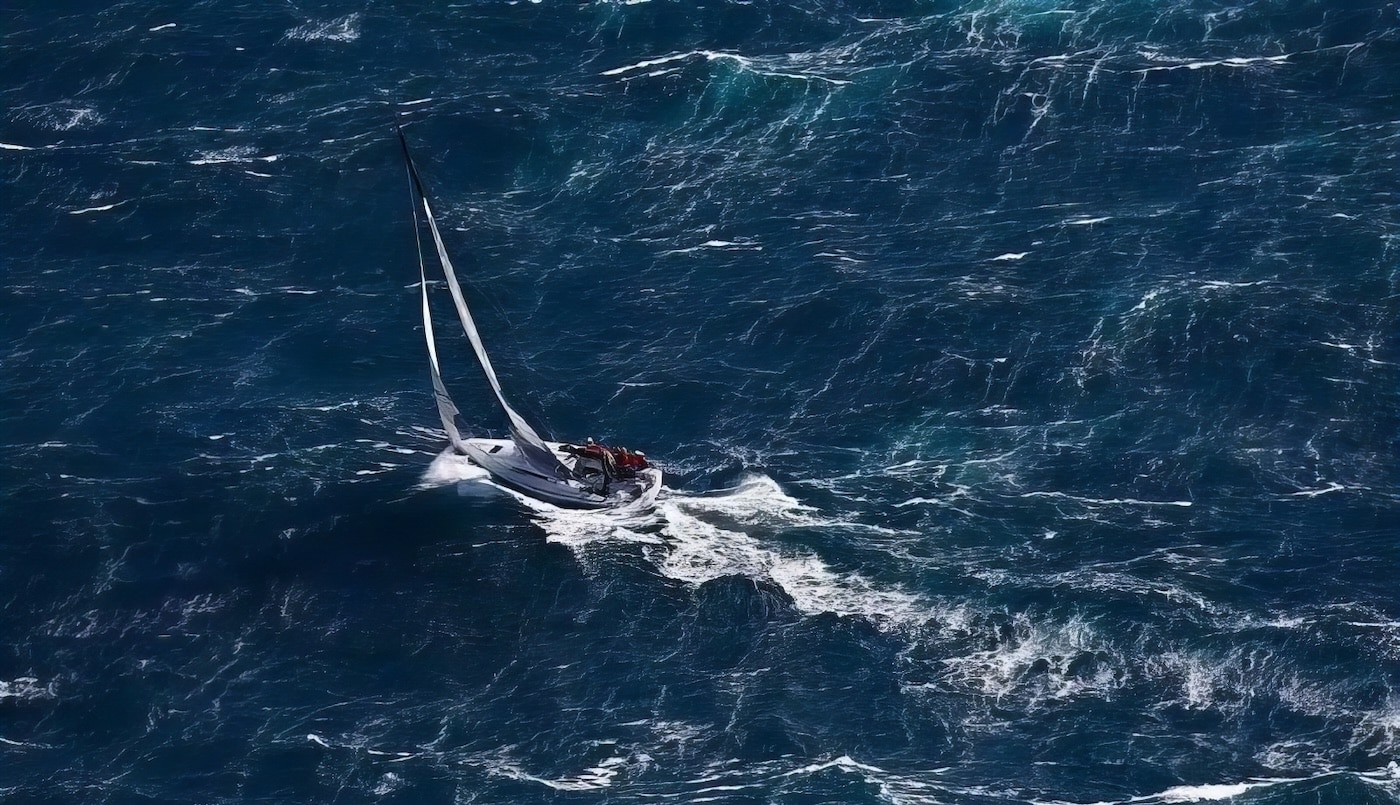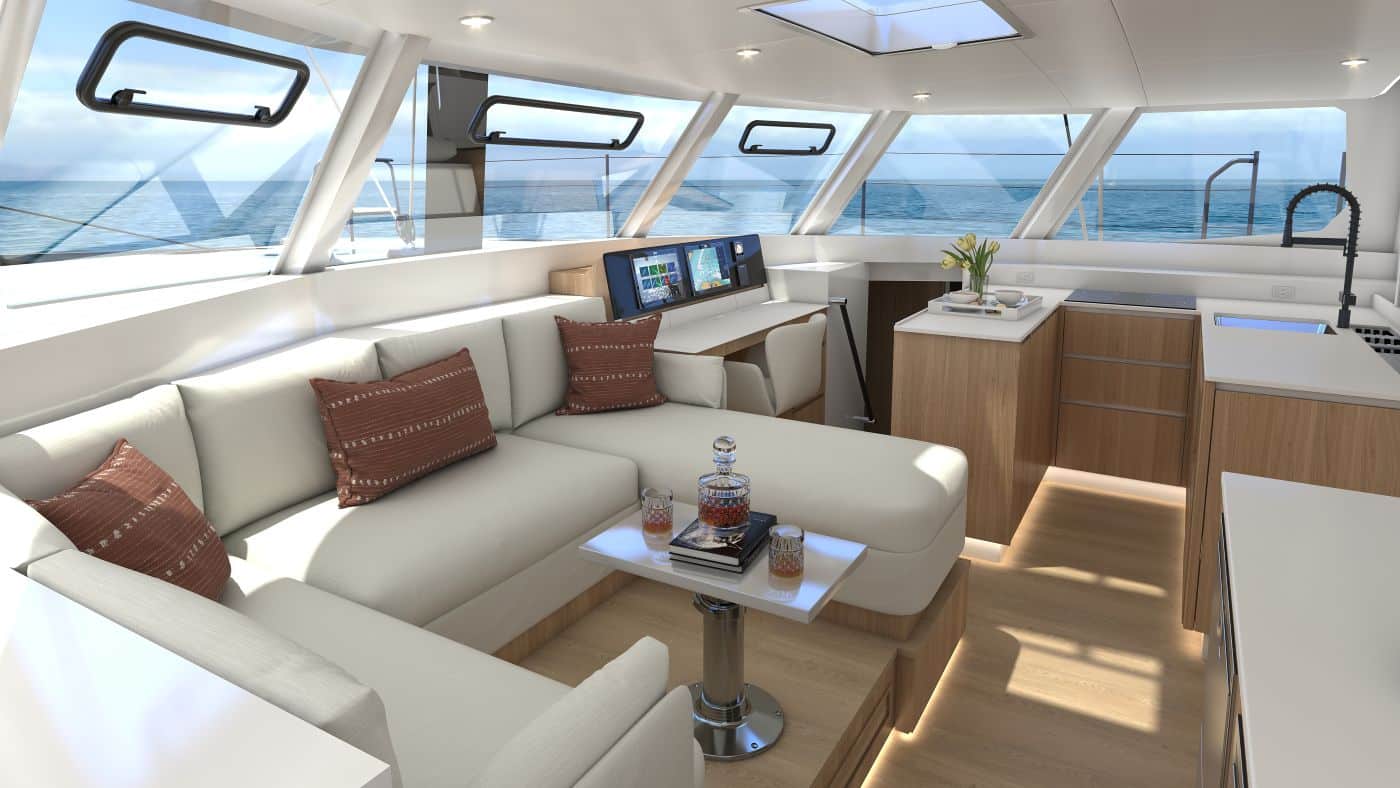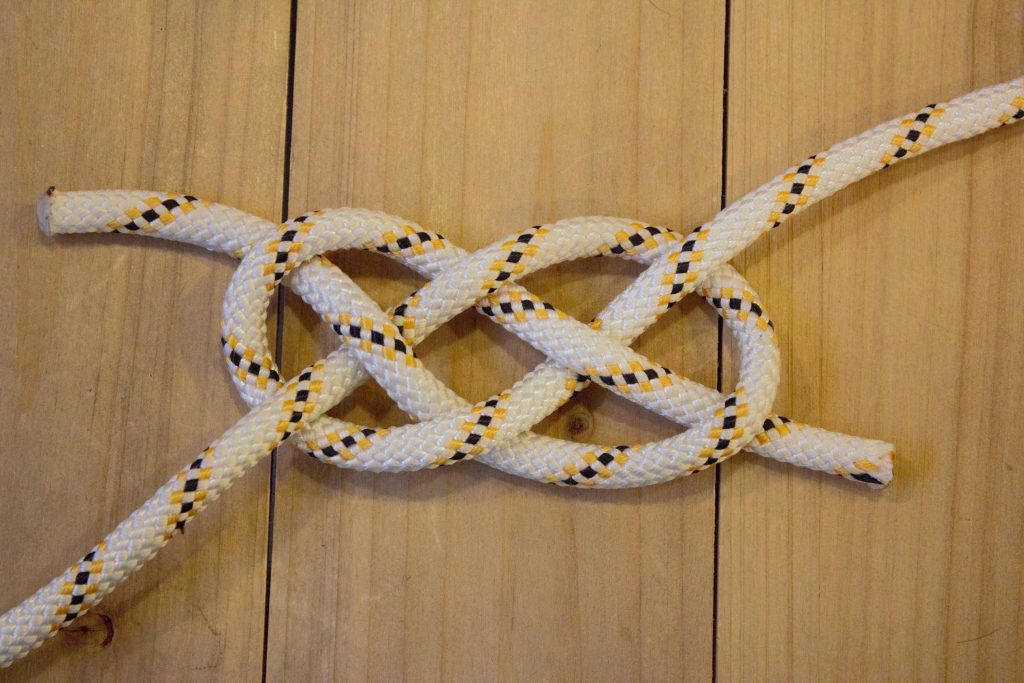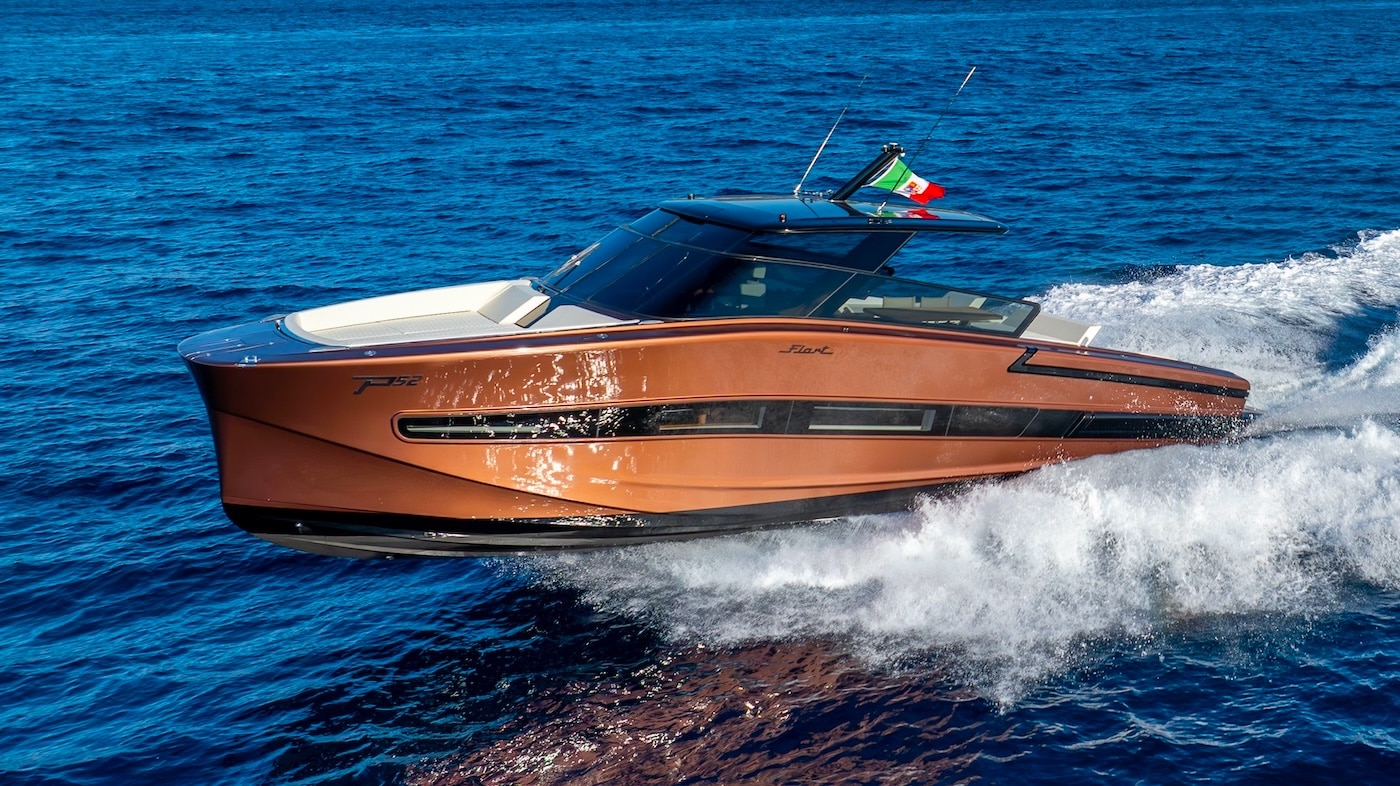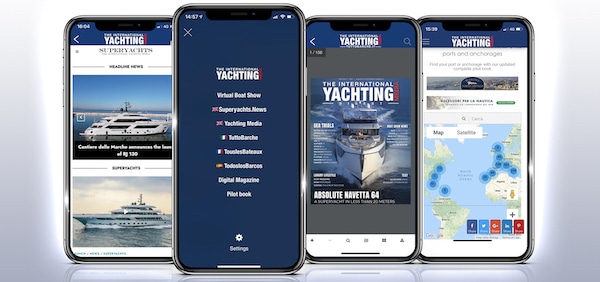We had already visited and analyzed the  new Ranieri International flagship – the Next 370 SH – at Dusseldorf Boat Show last year. A few days ago, we finally tested her in Genoa. It was a great opportunity for us because, in addition to the great interest this innovative cruiser has raised among enthusiasts, the model we tested was fitted with the latest revolutionary Suzuki novelty, that is two DF 350 engines.
new Ranieri International flagship – the Next 370 SH – at Dusseldorf Boat Show last year. A few days ago, we finally tested her in Genoa. It was a great opportunity for us because, in addition to the great interest this innovative cruiser has raised among enthusiasts, the model we tested was fitted with the latest revolutionary Suzuki novelty, that is two DF 350 engines.
This new engine category was specifically designed by Suzuki for hulls like the Next 370’s one in order to guarantee the greatest power with the top possible options, equipped with waterlines that efficiently support engine thrust in total safety and with the possibility to make the most of their performance.
Ranieri International Next 370 SH – Description
Despite an overall length of 11.50 metres, the Next 370 features a waterline length of just 9.99 metres. The difference of 1.5 m between the two measures doesn’t justify the sensation of being in front of a small yacht when we approach to her to climb on board.

Meanwhile, the first thing we can appreciate is the great attention designers paid to the deck where the center console stands out. The choice to build a walk-around provided this surface with a strong 
The considerable boat usability is certainly one among the key elements of this project, harmoniously combined with a certain aesthetical care that makes exteriors well-refined and luxurious.
The deck is accessible from the left swimming platform. This is why a L-shaped sofa decorating the stern section is positioned on the 
In the middle of the cockpit, under whose surface two large lockers are located, there’s enough room for a dinner table while, just behind pilot and co-pilot’s seats, there’s a kitchenette equipped with a sink installed over a cabinet with two doors.
As for the steering console, the position we liked the most was the standing one. However, the two seats are enveloping and very comfortable and never compromise pilot’s actions since throttles and chart plotter are always easy-to-reach and well-positioned.
Forward of the steering console, the bow accommodates a large sun pad and a wide lounger positioned next to the deckhouse.
Interiors
On the left of the superstructure, in front ot the co-pilot station, opens the passage to interiors. Volumes are as spacious as one could expect but bed sizes along with the overall versatility of the environment are really surprising. By removing the central pillow of the bed, the cabin, in fact, becomes a dinette equipped with a large coffee table in the middle.
If we consider the end use of this boat, this option may seem unnecessary; on the contrary, it offers an additional possible use especially if a medium-range cruise is surprised by some hours of rain.
The two doors on the right testify the innovation effort made on this boat even in terms of space arrangement. The bathroom is indeed divided into two parts, with shower in a room and toilet facilities in a separate one. In the stern, two beds can be converted into a single double bed.
Sea Trial
Considerable stability against great power. That’s the main sensation we obtained from the sea trial of the new Next 370 SH. Precision in maintaining balance even after turns, excellent directional stability and gentle low list are proof of a well-designed hull whose profile – like all Ranieri International crafts – is interrupted by some steps (or redans) which ensure stability and low fuel consumption even at high speed.
Even on a slightly rough sea, the Next ploughs through waves very gently. The center console is really well-designed. We decided to steer the boat standing up, well-protected by the inclined windshield and with the help of a safe handrail that eve the co-pilot can use. At negative trim and full throttle, the Next got to plane while speed progressively increases.

The question we had asked ourselves while we were going out of the port finally received its answer: the Next 370 is agile, fast-moving and extremely responsive. No sudden maneuver undermines her balance.
The boat seemed to fly: from 22 knots at 4,000 rpm, thanks to a proper and gradual trim adjustment, we touched a speed of 28 knots. At full throttles and 6,000 rpm, speed reached 42.5 knots with a fuel consumption of 180 l/h. This extraordinary fuel consumption is guaranteed by both the hull and the powerful engine option, specifically designed to grant excellent consumption and great power.
https://www.facebook.com/tuttobarche/videos/1677201368965550/
Suzuki Df 350 engines
The secret of the power of the two Suzuki DF 350 engines lies in the 12.0:1 compression ratio, which is the highest value never seen in the production of a standard outboard engine. With these engines, Suzuki has introduced another important innovation, that is the Dual Louver System. This system provides the engine with intake air that is fresher and, above all, dryer than the external environment’s one, which is not easy at sea. The system incorporates a double shield of blades, each one designed in a dog-leg shape. While the external part of the filter removes larger water drops, the inner one removes vaporized water. This way, intake air temperature is free of moist and about 10 degrees cooler than external environment. Of course, this dryer, fresher and denser intake air results into better performance.
Performance and Fuel Consumption
| rpm | Speed(kn) | Fuel Consumption(l/h) | Fuel Consumption(l/nm) |
| 1,000 | 4.8 | 8 | 1.67 |
| 1,500 | 6.2 | 14.5 | 2.34 |
| 2,000 | 8 | 21 | 2.63 |
| 2,500 | 9.2 | 34 | 3.70 |
| 3,000 | 12 | 52 | 4.33 |
| 3,500 | 16.7 | 69 | 4.13 |
| 4,000 | 22 | 91 | 4.14 |
| 4,500 | 27.3 | 112 | 4.10 |
| 5,000 | 32.3 | 148 | 4.58 |
| 6,000 | 42.5 | 180 | 4.24 |
The test was carried out in front of the Port of Genoa with a 15-knot wind, slightly rough sea, 6 passengers on board, 40% fuel tank, 50% water tank.
Technical Specifications
LOA: 11.50 m
Max Length: 3.00 m
Beds: 5
Displacement: 4,500 kg
Passenger Capacity: 12 (A) – 14 (B)
Motorization: 2 Suzuki Df 350 hp engines
Fuel Tank Capacity: 1,000 l
Water Tank Capacity: 200 l

























